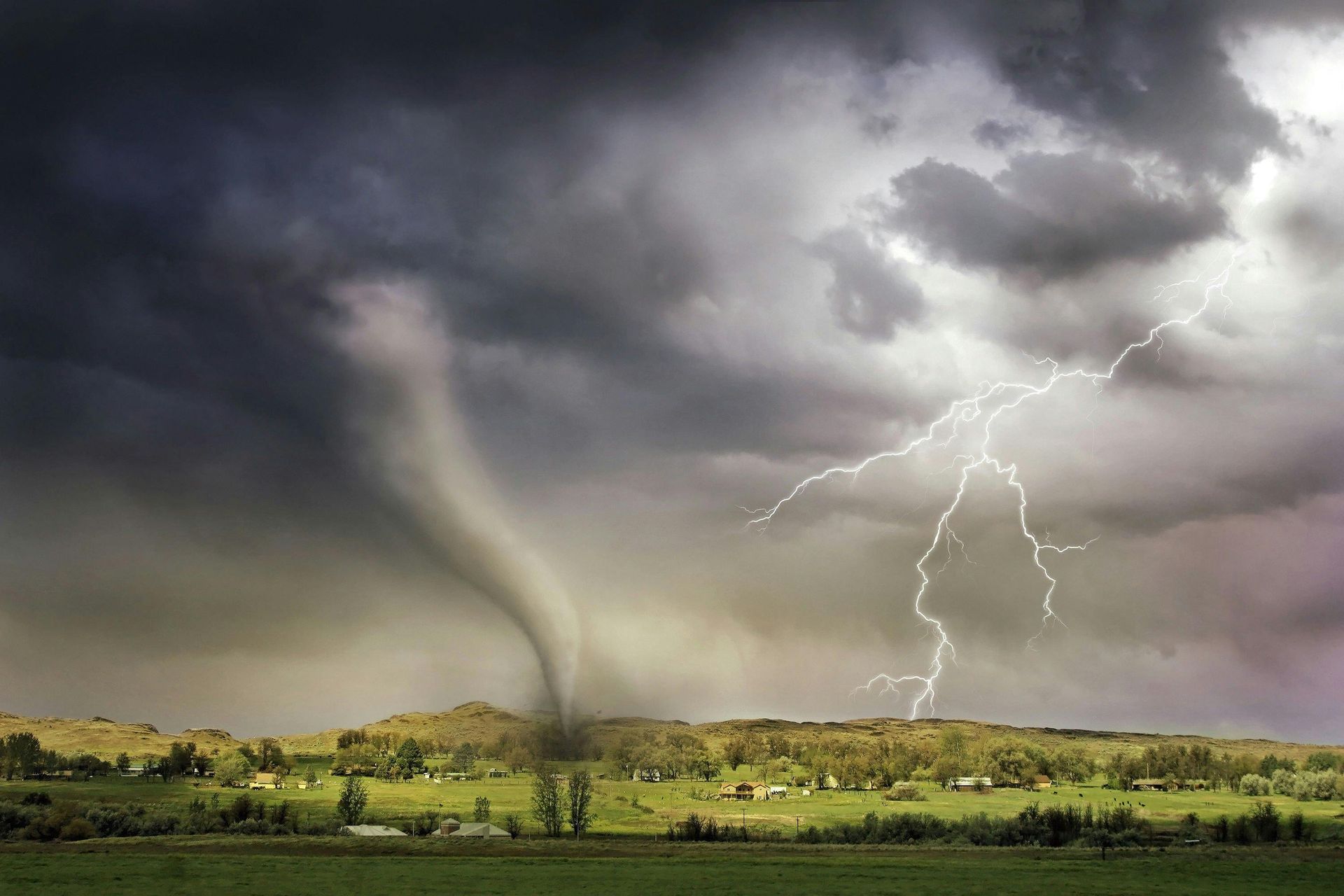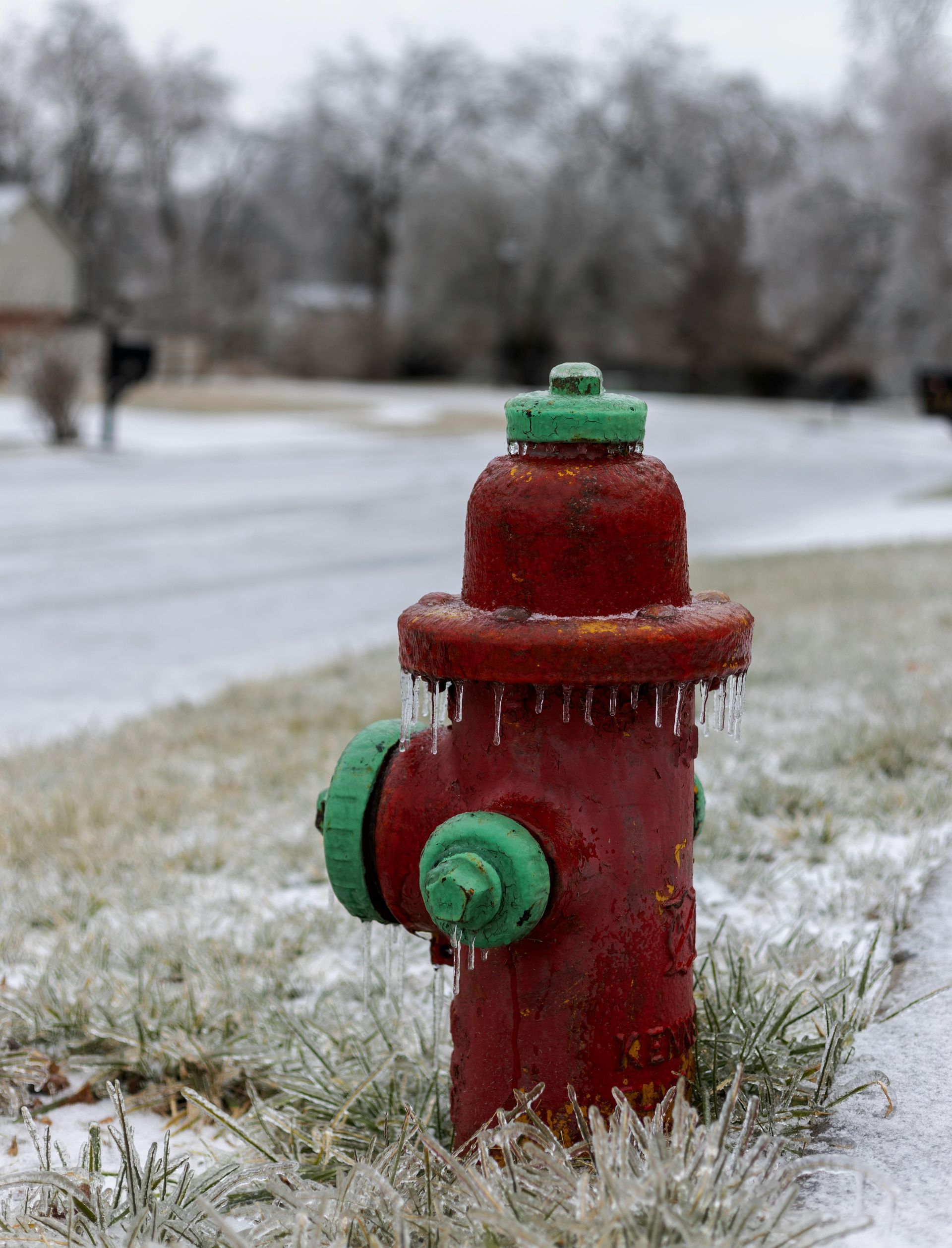Storm-Proofing Your Property
Storms can strike with little warning, leaving behind a trail of destruction. As a homeowner, taking proactive steps to storm-proof your property not only protects your investment but also safeguards your family and peace of mind. Whether you're preparing for hurricanes, floods, high winds, or severe thunderstorms, this guide will walk you through essential strategies to fortify your home and minimize damage.
Why Storm-Proofing Matters
Storms are becoming more frequent and intense due to changing climate patterns. Homeowners face growing risks of wind damage, flooding, and structural failure. By investing in storm-proofing measures, you can:
- Reduce repair costs after a storm.
- Protect your home’s structural integrity.
- Ensure safety for your family during severe weather.
- Avoid delays in recovery and insurance claims.
The reality is clear: preparation now saves time, stress, and money later.
1. Reinforce Your Roof
Your roof is the first line of defense against storms, and a compromised roof can lead to extensive damage.
Steps to Reinforce Your Roof:
- Inspect for Weakness: Hire a professional to check for missing or damaged shingles, cracks, or loose areas. Address these problems before storm season begins.
- Install Hurricane Straps: Metal hurricane straps or clips secure the roof to the walls of your home, reducing the risk of it being lifted by high winds.
- Upgrade to Impact-Resistant Shingles: These shingles can withstand stronger winds and hail damage. Look for materials with high wind ratings.
- Seal Gaps and Openings: Use roofing cement or sealant to close gaps where water can seep through during heavy rain.
Tip: Schedule regular roof maintenance to identify and fix small issues before they escalate.
2. Secure Windows and Doors
Windows and doors are vulnerable entry points during storms. Strong winds can break glass, and flying debris can cause significant damage.
How to Storm-Proof Windows and Doors:
- Install Storm Shutters: Hurricane shutters provide an additional protective barrier against wind and debris. Aluminum or steel options are particularly durable.
- Upgrade to Impact-Resistant Windows: These windows are designed to withstand strong winds and prevent shattering.
- Reinforce Garage Doors: Garage doors are often weak spots in storm defense. Install braces or replace them with storm-rated doors to prevent collapse.
- Seal Doors and Frames: Use weatherstripping to prevent wind-driven rain from entering through gaps.
Bonus Tip: If you’re on a budget, plywood can provide temporary protection for windows before a storm hits.
3. Prevent Flooding and Water Damage
Flooding can cause extensive property damage and health hazards like mold growth. Implement measures to redirect and reduce water infiltration.
Key Steps to Prevent Flood Damage:
- Install a Sump Pump: A sump pump removes excess water from basements and crawlspaces, reducing flood risk. Test it regularly to ensure it works.
- Elevate Electrical Systems: Raise your home’s electrical panel, outlets, and appliances above flood level. This minimizes damage and fire hazards.
- Clear Gutters and Downspouts: Remove debris to allow proper water flow and prevent overflow onto your foundation.
- Landscape for Drainage: Use soil grading to direct rainwater away from your home’s foundation. Add French drains or gravel trenches for added protection.
- Seal Basements and Crawlspaces: Apply waterproof coatings to walls and floors to keep moisture out.
Tip: Consider flood insurance even if you’re not in a high-risk zone—storms are unpredictable.
4. Trim and Secure Trees and Landscaping
Trees, shrubs, and outdoor items can become dangerous projectiles during a storm. Proper landscaping reduces this risk.
Tree and Yard Preparation:
- Trim Overhanging Branches: Remove dead or weak branches that could fall on your home during high winds.
- Secure Outdoor Furniture: Bring patio furniture, grills, and decorations indoors before the storm. If that’s not possible, tie them down securely.
- Choose Wind-Resistant Trees: If planting new trees, opt for wind-resistant species like live oaks or crepe myrtles.
- Remove Weak Trees: If a tree shows signs of rot or instability, have it professionally removed to prevent it from falling during a storm.
Proper yard maintenance goes a long way in reducing storm-related damage.
5. Protect Against Power Outages
Power outages are common during severe storms. Preparation ensures your home remains safe and functional during downtime.
Power Outage Readiness:
- Invest in a Generator: A backup generator can power essentials like refrigerators, lights, and medical equipment. Choose either a portable or whole-house generator based on your needs.
- Surge Protectors: Install surge protectors to shield electronics and appliances from power spikes caused by lightning or outages.
- Emergency Lighting: Stock up on battery-powered flashlights, lanterns, and extra batteries. Avoid using candles, which pose a fire risk.
- Charge Devices in Advance: Ensure phones, laptops, and power banks are fully charged before the storm arrives.
Tip: Test your generator regularly and keep enough fuel on hand for at least 72 hours.
6. Reinforce Exterior Walls and Structures
Strong winds can weaken or collapse walls, sheds, and fences. Strengthen these structures to improve their resilience.
Steps to Fortify Structures:
- Inspect Walls for Cracks: Repair cracks in siding, bricks, or stucco to prevent wind and water infiltration.
- Anchor Sheds and Outbuildings: Use ground anchors to secure sheds, gazebos, and similar structures.
- Install Wind-Resistant Fencing: Choose durable materials like vinyl or reinforced wood. Ensure posts are deeply anchored to withstand strong gusts.
Even small structural reinforcements can prevent significant damage.
7. Prepare an Emergency Plan and Kit
No storm-proofing strategy is complete without a plan for safety and essential supplies.
Create Your Storm Plan:
- Know evacuation routes and community emergency shelters.
- Share your plan with family members and include contact numbers for emergency services.
- Prepare a “go-bag” with essentials, such as:
- Food and water for 3 days.
- First-aid kit and medications.
- Important documents in waterproof containers.
- Batteries, flashlights, and backup phone chargers.
Final Thoughts: Invest in Your Safety
Storm-proofing your property requires time, effort, and resources, but the long-term benefits far outweigh the costs. By taking these proactive measures, you’re not only protecting your home but also ensuring the safety and comfort of your loved ones.
At Disaster South, we understand the challenges homeowners face when preparing for and recovering from storms. If your property suffers storm damage, don’t wait—contact us at 877-84-STORM. Our team is ready to help you restore your property, reclaim your life, and move forward with confidence.









